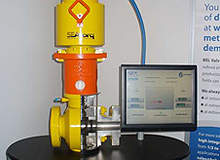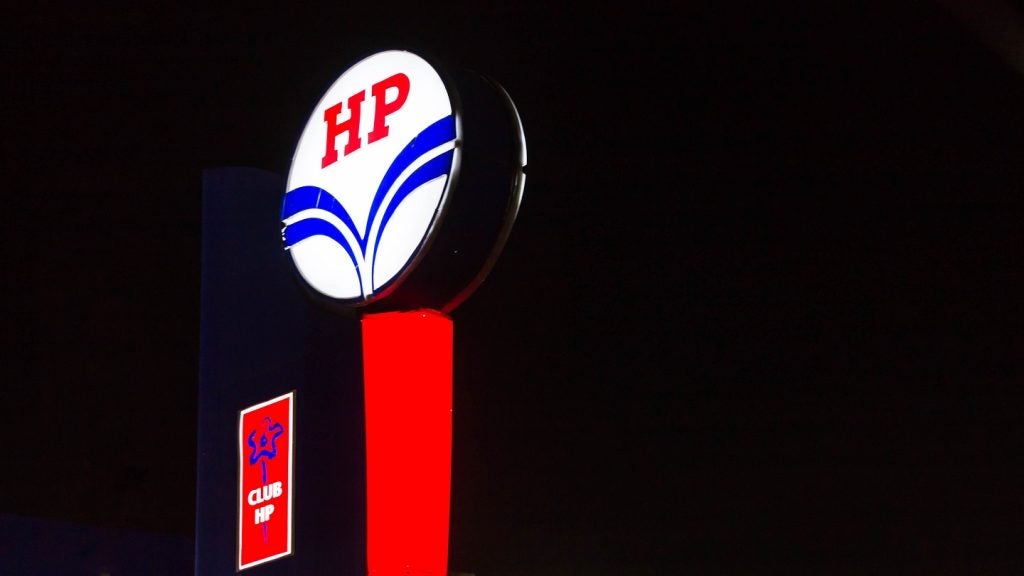
According to UK manufacturer BEL Valves, which supplies valve technology for both subsea and topside applications, surface conditions haven’t varied that much in recent times and as a result there’s a higher rate of valve technology development in the subsea market.
One of the hot topics at the moment, according to BEL, is all-electric subsea solutions. As technical director Ed Wallis explains, “As the upstream oil and gas industry looks to develop hydrocarbons in evermore challenging environments, new technologies are playing their part in providing solutions to fields that would previously have been considered uneconomical to develop.
“With longer tie-backs to host platforms and deeper water depths, subsea electric solutions will help enable remote hydrocarbons to be exploited safely, with less risk of pollution and at lower cost,” says Wallis.
“Additionally, subsea processing is being used to enhance the recovery of oil from ageing fields. This generally uses subsea pumps, requiring megawatts of power. With electric power being available it makes sense to use this to operate equipment such as valves remotely.”
A major benefit with electric systems, in particular the electric actuation of valves, is that it allows for condition monitoring, enabling sensors inside the control module to measure revs per minute, temperature, position and force.
See Also:
“That means we are now in a position to diagnose potential faults, conduct preventative maintenance only when needed and have a far better picture of what is happening potentially thousands of metres under the sea – quickly and accurately,” Wallis says.
How well do you really know your competitors?
Access the most comprehensive Company Profiles on the market, powered by GlobalData. Save hours of research. Gain competitive edge.

Thank you!
Your download email will arrive shortly
Not ready to buy yet? Download a free sample
We are confident about the unique quality of our Company Profiles. However, we want you to make the most beneficial decision for your business, so we offer a free sample that you can download by submitting the below form
By GlobalDataOpening up to harsh environments
A major driver in the search for new solutions is the growing need to cater for high-pressure, high-temperature well conditions, which are pushing the need to explore and develop construction materials that can withstand the harshest environments.
As independent valve technology consultant Simon Goldfinch says, “There’s been a focus on the use of new materials – complex composites, ceramics and increasingly exotic alloys – in valves for quite some time, to allow them to be used in deeper and more hostile areas, anywhere that was previously inaccessible. There don’t appear to have been any major design changes, just different materials offering better longevity.”
But although he agrees that all-electric systems look to be the way things are going, he says, “The trouble with electricity is it doesn’t mix with oil, gas or water, which brings with it the need for electrical certification, explosion-proof housings and so on. And don’t forget the huge amounts of power needed to run these systems.
“There isn’t an easy solution to any of this of course, but personally I believe in the ‘keep it simple’ principle. If you go back to basics, to a much simpler way of doing things, many of the modern problems arising from complexity will just not apply and you’ll get a more reliable system.
“I think there’s a tendency sometimes on the part of operators not to look seriously at the actual valve, and throw in all sorts of other stuff – there’s too much emphasis these days on IT and software, and not enough on specifying a good-quality valve,” he says.
Breaking barriers
Across the industry, implementing new valve technologies has been hindered by a number of factors. As Wallis says, “The industry has been slow in adopting the technology, but with good reasons, one of which has been the lack of qualified and field-proven equipment. Another reason is that new standards are currently being set, as they don’t yet exist.”
In the context of using subsea electrically actuated valves, for example, he says, “Most of the technologies needed to operate equipment subsea are already available; the only impediment is the lack of field experience.”
Inevitably it comes back to our old friend, standards. “With any new development there has to be a robust set of qualification tests to prove the technology and due to their very nature these need a new set of standards to ensure consistency,” Wallis says.
“Any organisation wanting to drive innovation in this arena has to be prepared to carry out a comprehensive set of qualification tests, and will be breaking new ground.
“This of course takes time, resources and substantial investment.”
Goldfinch, however, is more outspoken here, saying, “There have been hordes of standards over the past 10 or 15 years, many of which are the same – perhaps even to the extent of having standards for standards.” He though, like Wallis, points out that this is symptomatic of what is a very conservative industry, where safety is paramount.
Which begs the question: is any of this technology actually “new”? Wallis says, “Not everyone in the industry has the same agenda, and understanding the drivers for change can be a complex undertaking. As a business, you are also looking at considerable lead times before any R&D investment comes to fruition.”
Goldfinch is prepared to put a figure on these lead times, saying, “The gap between the research and implementation stages is typically 15 years. I’ve been in this business for about 30 years now and I first started seeing ceramic valves, for example, some 15 years ago. So this whole notion of ‘new’ technology is something of a misnomer.”
Yet that doesn’t mean they’re old either. As Wallis says, “The conditions that exist within and around modern subsea developments require highly engineered components and materials that can provide strength and corrosion resistance. Old technologies are ‘old’ because they were unable to deliver the performance that the new oil and gas fields and their onerous environments demand.”
So, back to the future then.





